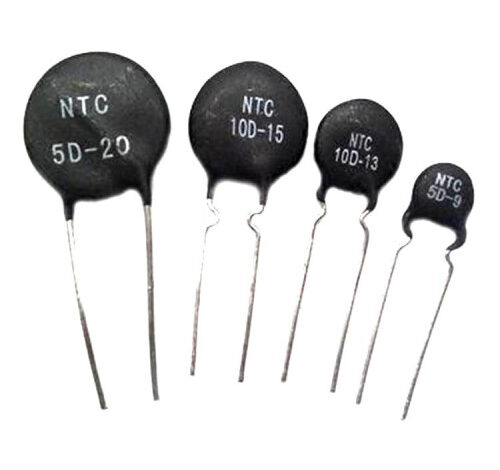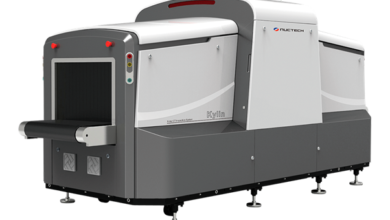Unraveling the Mystery: A Deep Dive into NTC Thermistors

In the realm of electronic components, thermistors stand as unsung heroes, silently monitoring and responding to temperature fluctuations. Among these, Negative Temperature Coefficient (NTC) thermistors are particularly intriguing due to their unique property: their resistance decreases as temperature increases. This article delves into the intricacies of NTC thermistors, exploring their working principles, applications, and the factors influencing their performance.
Understanding the Basics
At its core, an NTC thermistor is a semiconductor device crafted from materials like metal oxides (e.g., manganese, nickel, cobalt, and copper oxides). These materials possess a distinctive characteristic: their electrical resistance exhibits a significant negative correlation with temperature. As the temperature rises, the increased thermal energy disrupts the material’s crystal lattice, leading to a surge in free charge carriers. This, in turn, reduces the overall resistance of the thermistor.
How NTC Thermistors Work
The fundamental principle behind NTC thermistors is rooted in the behavior of semiconductors at varying temperatures. As the temperature escalates, the semiconductor’s energy bandgap narrows. This phenomenon allows more electrons to transition from the valence band to the conduction band, thereby enhancing the material’s conductivity. Consequently, the thermistor’s resistance diminishes.
Key Applications of NTC Thermistors
NTC thermistors find widespread application in a multitude of devices and systems:
· Temperature Measurement and Control:
o Thermometers: NTC thermistors are employed in various types of thermometers, including digital and analog devices.
o Thermostats: They play a crucial role in regulating temperature in heating and cooling systems.
o Temperature Sensors: NTC thermistors are utilized in a wide range of applications, from automotive systems to industrial processes.
· Overcurrent Protection:
o Circuit Breakers: They help safeguard circuits from excessive current flow by triggering a protective mechanism when the temperature rises due to overcurrent.
· Time Delay Circuits:
o Timers: NTC thermistors are used to introduce controlled delays in circuits, enabling precise timing control.
· Self-Resetting Circuit Breakers:
o These devices incorporate NTC thermistors to automatically reset after a thermal overload, ensuring system reliability.
· Battery Temperature Sensing:
o NTC thermistors monitor battery temperature to prevent overheating and optimize charging and discharging cycles.
Factors Affecting NTC Thermistor Performance
Several factors influence the performance of NTC thermistors:
· Material Composition: The specific materials used in the thermistor’s construction significantly impact its resistance-temperature characteristics.
· Manufacturing Process: The manufacturing techniques employed can affect the thermistor’s sensitivity and accuracy.
· Operating Temperature Range: NTC thermistors are designed to operate within specific temperature ranges. Exceeding these limits can compromise their performance.
· Power Dissipation: Excessive power dissipation can lead to self-heating, which can distort the thermistor’s temperature measurement.
· Aging Effects: Over time, NTC thermistors may exhibit slight changes in their resistance-temperature relationship.
Conclusion
NTC thermistors are indispensable components in a myriad of electronic devices and systems. Their ability to accurately sense and respond to temperature fluctuations makes them invaluable tools for temperature measurement, control, and protection. By understanding the principles behind NTC thermistors and the factors affecting their performance, engineers and designers can effectively utilize these devices to enhance the functionality and reliability of their products.





